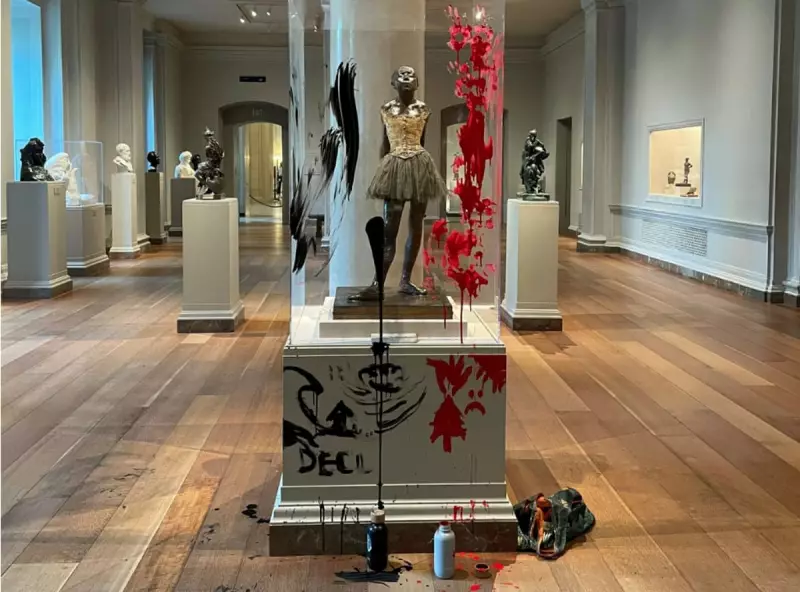
A climate activist has been handed a prison sentence after staging a dramatic protest at one of London's most prestigious art galleries, where she threw tomato soup over a valuable protected painting.
The Courtauld Gallery Incident
The protest took place at the renowned Courtauld Gallery in central London, where the activist targeted a significant artwork as part of a coordinated environmental demonstration. The incident caused immediate concern among gallery staff and visitors, though the painting itself was protected by glass and sustained no permanent damage.
Legal Consequences for Environmental Activism
The sentencing marks one of the more severe judicial responses to climate protest actions in recent years. Prosecutors argued that while the right to protest is protected, crossing into criminal damage and endangering cultural heritage warrants serious consequences.
The defendant maintained throughout the trial that her actions were necessary to draw attention to the escalating climate crisis. "When our planet is facing irreversible damage," she stated in court, "we must use every peaceful means available to wake people up to the emergency."
Growing Debate Over Protest Methods
This case has reignited the ongoing debate about the boundaries of legitimate protest. Supporters argue that traditional methods have failed to generate sufficient action on climate change, while critics condemn what they see as counterproductive tactics that alienate potential allies.
The sentencing judge acknowledged the defendant's genuine concerns about environmental issues but emphasized that "the rule of law must prevail, and cultural institutions must be protected from damage, however well-intentioned the motive."
Broader Implications for Climate Activism
This ruling comes amid increasing tensions between environmental groups and authorities across the UK. As climate protests become more frequent and creative, the legal system continues to grapple with balancing protest rights with public order and property protection.
Legal experts suggest this case could set a precedent for how similar protests are handled in the future, potentially influencing both activist strategies and police responses to environmental demonstrations.





